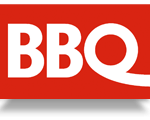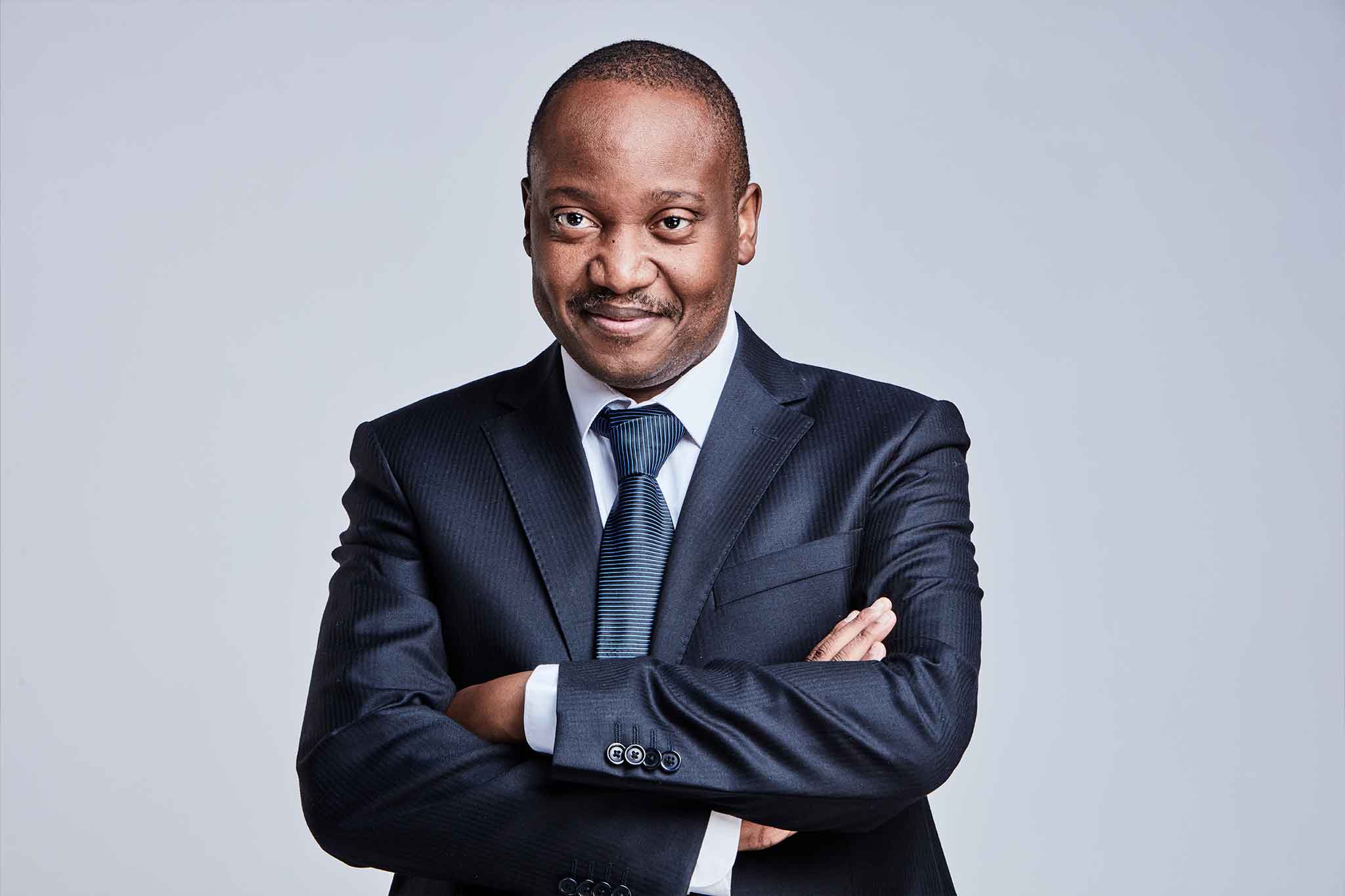Dr JJ Tabane takes a look at the multiparty charter coalition agreement and is left confused as to its intentions.
The multiparty charter coalition agreement signed last week by seven political parties makes for an interesting political development. It seems to me this was the best shot by the DA to remain relevant in the midst of a possible decline at the next elections. To assess the possible success, we only have the last poll as a point of reference. The DA declined at the polls, including in its backyard province of the Western Cape. The FF plus ate into the support base of fhe DA, so what better strategy but to confuse the voter to see them as one block?
Action SA took a chunk of DA leaders and supporters, so what better strategy than to say “we are of the same hue”? The IFP did badly at the last poll as compared to previous electoral performance, so what better way to ensure survival than to find refuge in a group united by its hatred for the EFF? Action SA and all the other bridesmaids have no provincial or national track record for anyone to estimate what their impact may be. At current facts and figures, the collective realistic strength of this coalition may be at most optimistic estimation around 30 percent of the vote. Which begs the question; why are the parties gathered with the sole agenda to unseat the ANC excluding two parties that, according to their national track record, may have enough voting pull to get them over the 50 percent mark?
It looks like the similarity with CODESA ends at the selection of a venue. CODESA magic was inclusivuty and not exclusivity. If this country can benefit from a government of national unity, do we really have the luxury to excuse the third biggest party in parliament? It seems to me by actively excluding the EFF, the coalition has actively pushed the EFF into the arms of the ANC… indirectly bringing into existence the very ‘doomsday scenario’ that they tried to avoid. Even if the ANC wanted to avoid that scenario, the coalition has painted all the parties into an exclusionary clause, leaving the ANC with few viable options especially if it falls seriously below 50 percent.
What doesn’t sit well with me is that the successor in title of the National Party, the DA, can have the temerity to convene parties and convince them to exclude other parties when they were a direct beneficiary of the inclusive approach that resulted in the government of National Unity back in 1994. We have very short memories. What is so insurmountable between the parties as opposed to what was on the table at the real CODESA? We were faced with reading out to people who were directly responsible for killing thousands of our people. What can possibly be so insurmountable between the opposition parties? In Johannesburg, it was convenient for the DA and the EFF to work together under Herman Mashaba. What is different on a national stage? It all looks devoid of principle.
The inclusion of lesser know bridesmaids in the marriage of convenience seems to have been calculated to give an impression of a broad coalition, but current track records don’t lie. The DA surely should have convinced the likes of the UDM, PAC, BOSA, etc. to join to create a sense of confidence that its goal is even possible at current projected numbers? It doesn’t look like even the slightest possibility that this coalition can edge near to the magic 50 percent mark.
It is also telling that despite the two-day discussion, the parties don’t seem to have agreed who is going to be the leader. It makes sense that in a coalition that is democratic and fair the biggest party takes the lead. The DA has already shot itself in the foot by insisting on a white leader 30 years after democracy and now are forced to apologise for their rightful place as a leader of the coalition. Now, suddenly, they have to be taught that race does matter. When Mashaba left the DA he said clearly that the weakness of the DA was its race naivety. Now the chicken has come home to roost. Now we hear of a possible President who is a ‘South African of eminence’. Who will be this unelected leader? Are we going to be told before or after the elections? It looks like the success of this coalition is going to be a bridge too far to cross. The fact that it is rumoured that John Steenhuisen will be leader of government business is a dead give away that there is already horse trading of positions where the DA has accepted a lesser role. How happy will its voter base be about that compromise taken before the polls?
Finally, on some policy questions. Just recently the DA marched against employment equity. We all know of the DA’s aversion to redress like policies such as BEE. In all the discussions, these subjects were carefully excluded. Sensitive CODESA-type discussions like land and property rights were not thrashed out in any detail to test the consensus amongst the parties. Is this the policy direction that we can expect from this coalition? Can we expect the abolishment of affirmative action or are these too sensitive to raise so early in the game?
There are a lot of people who are looking for an alternative to the ANC. The poorly assembled coalition is not according itself well as that alternative. Instead its exclusionary approach is only designed to keep the ANC in power for another five years.
Dr JJ Tabane is Editor of Leadership and BBQ Magazines and Anchor of ‘Power to Truth’ on eNCA.

